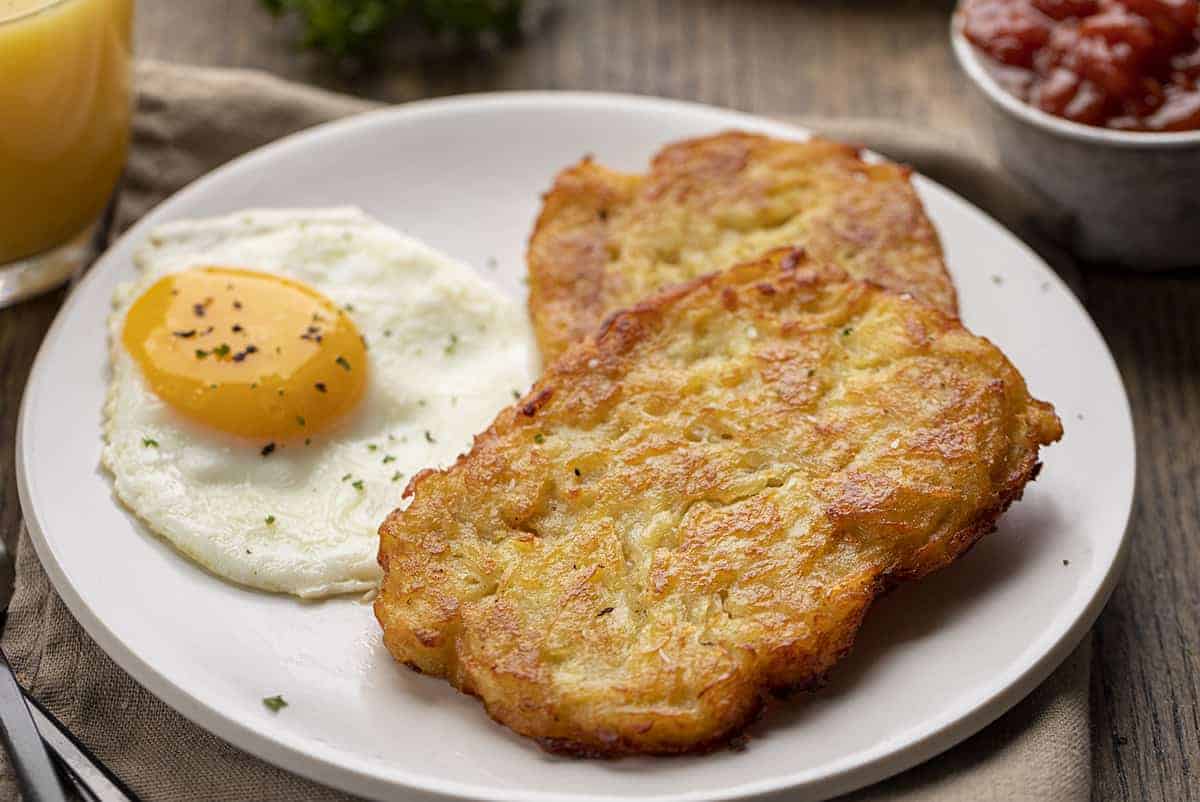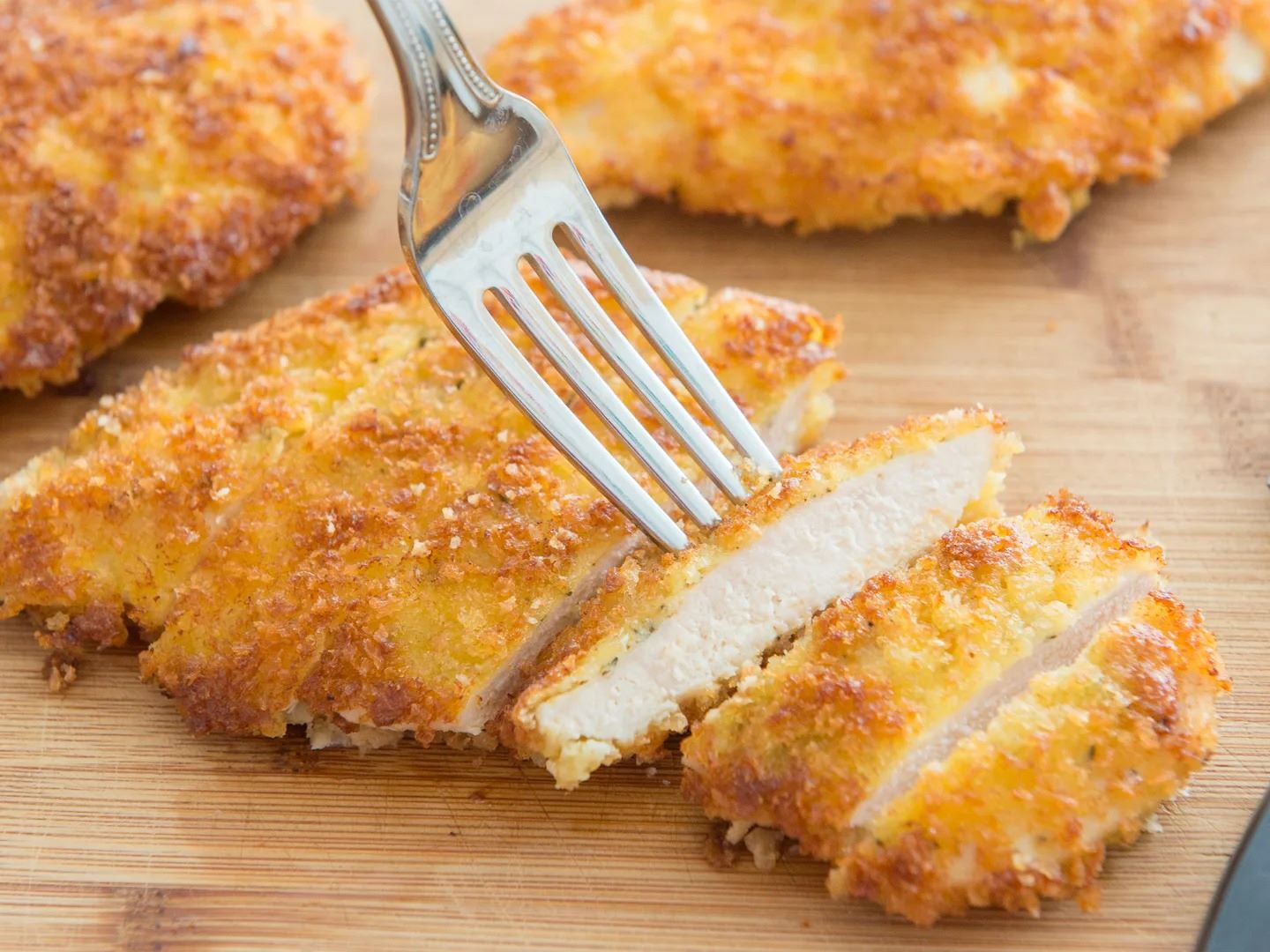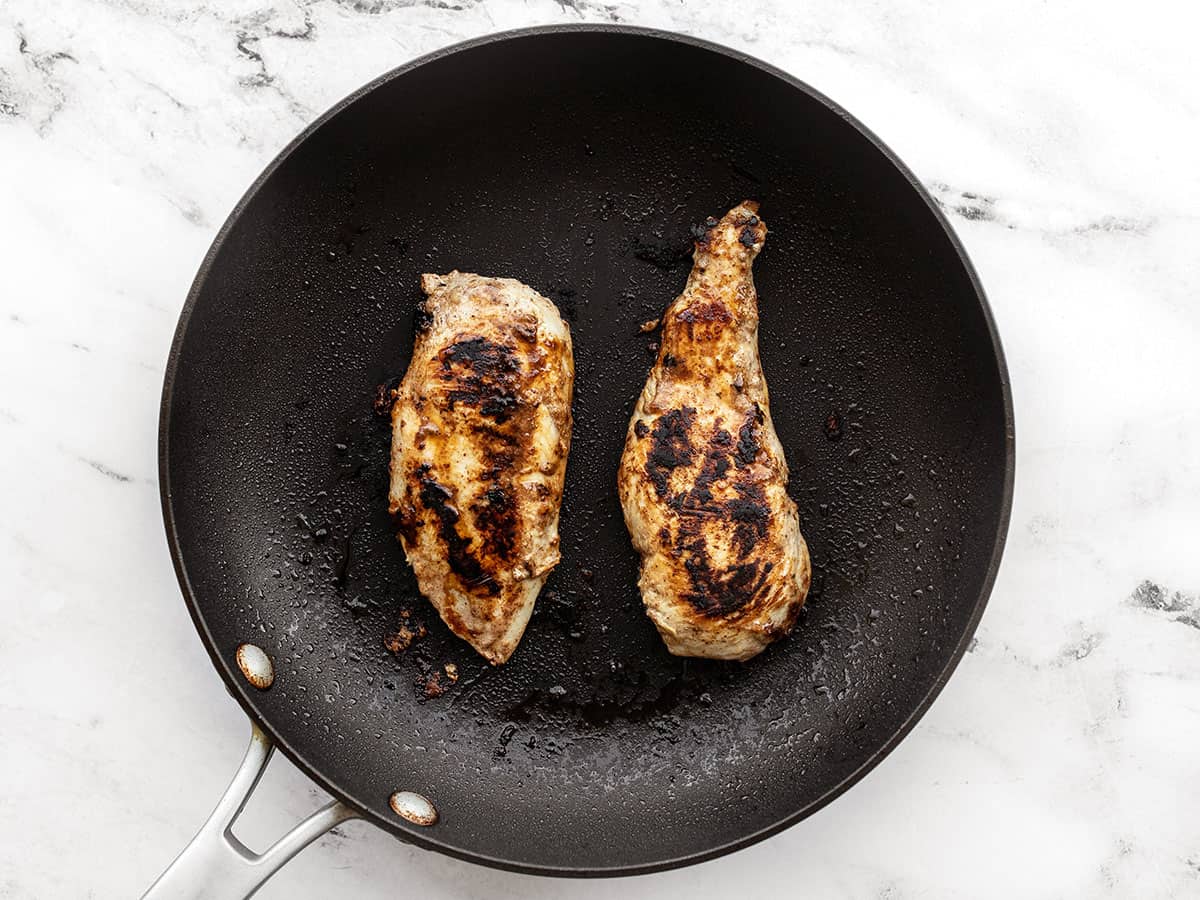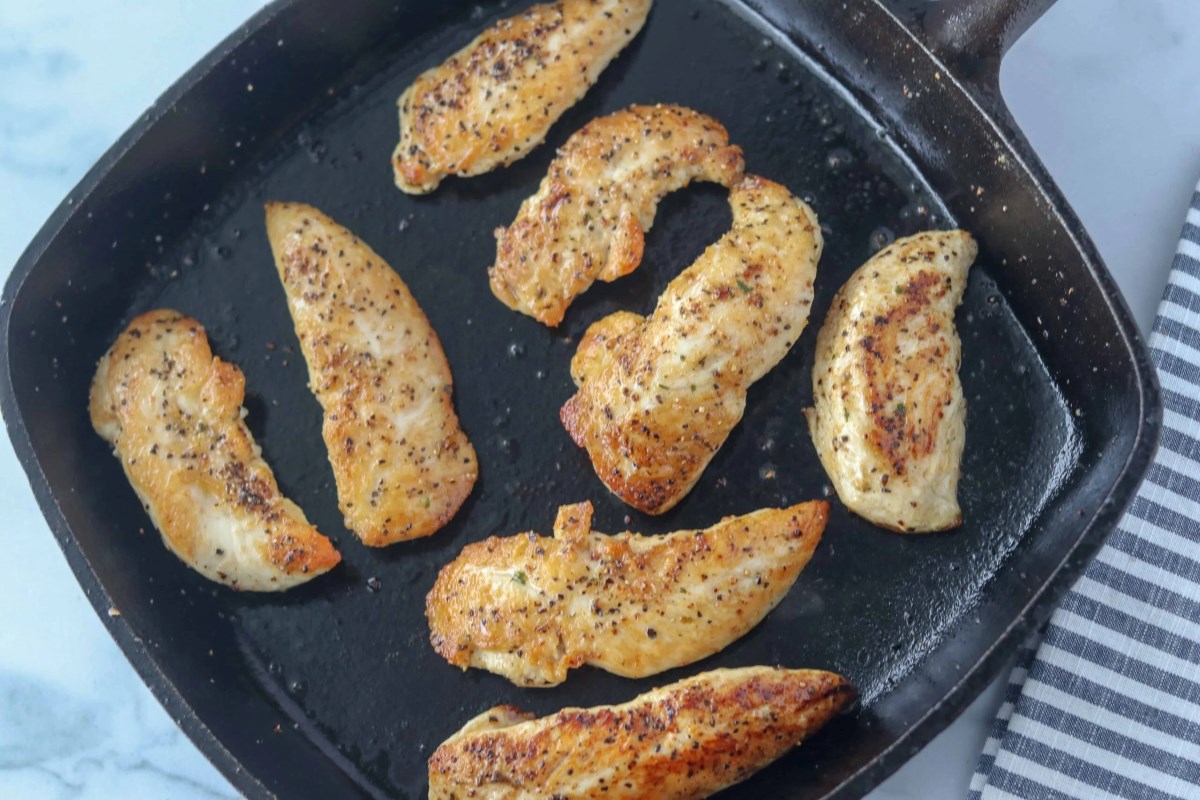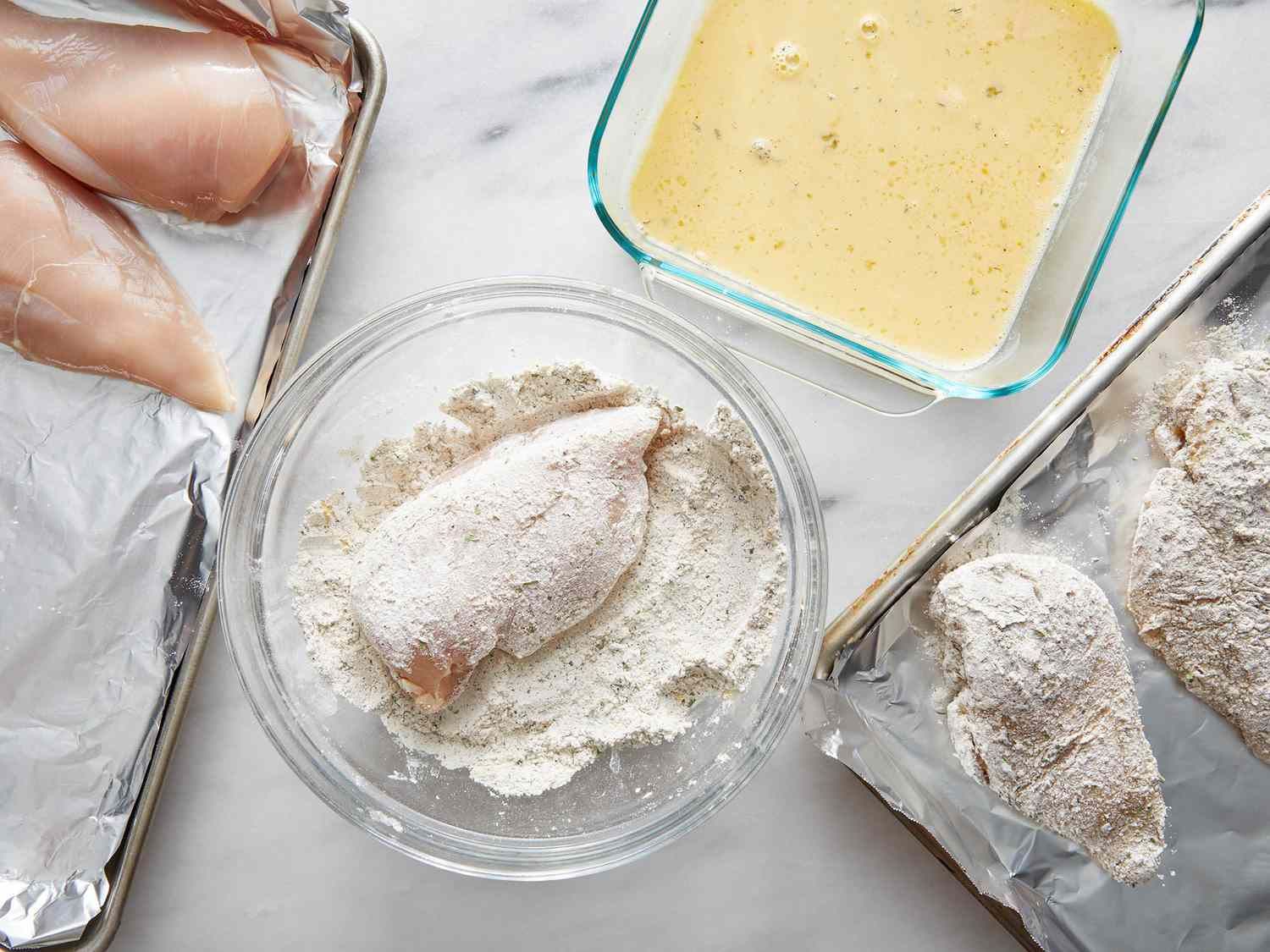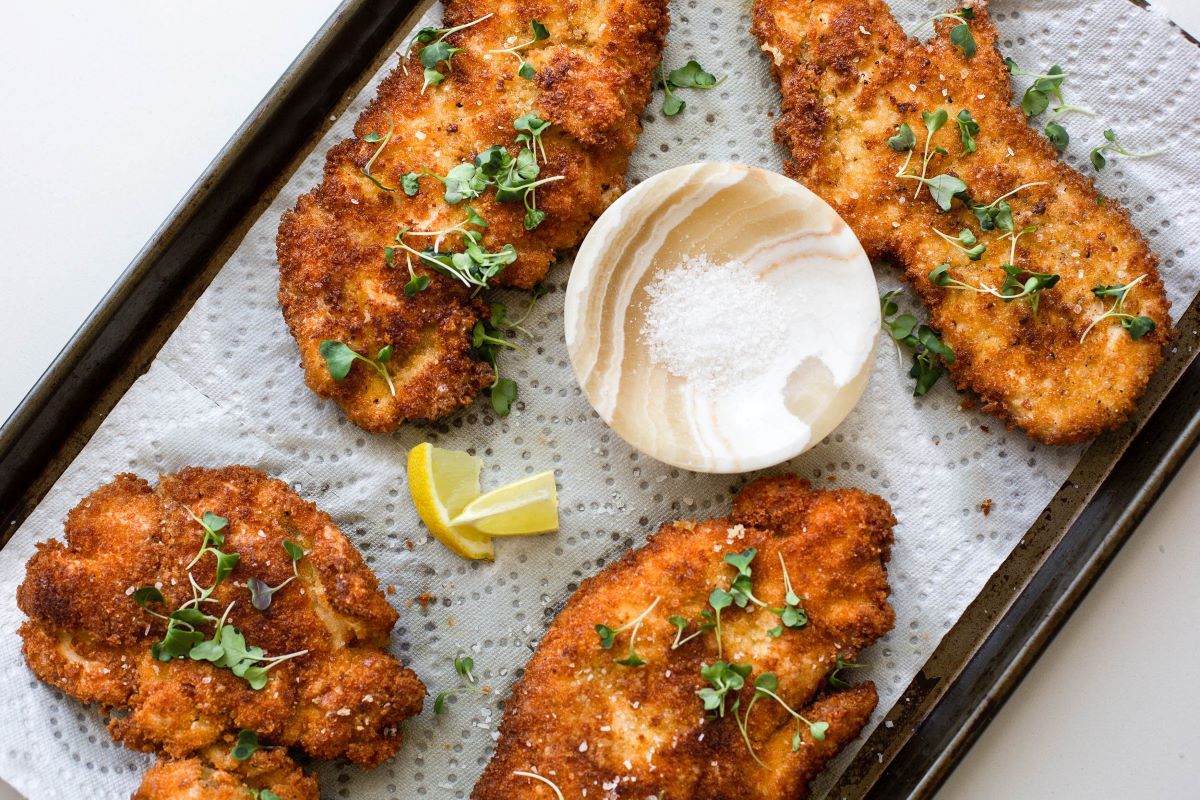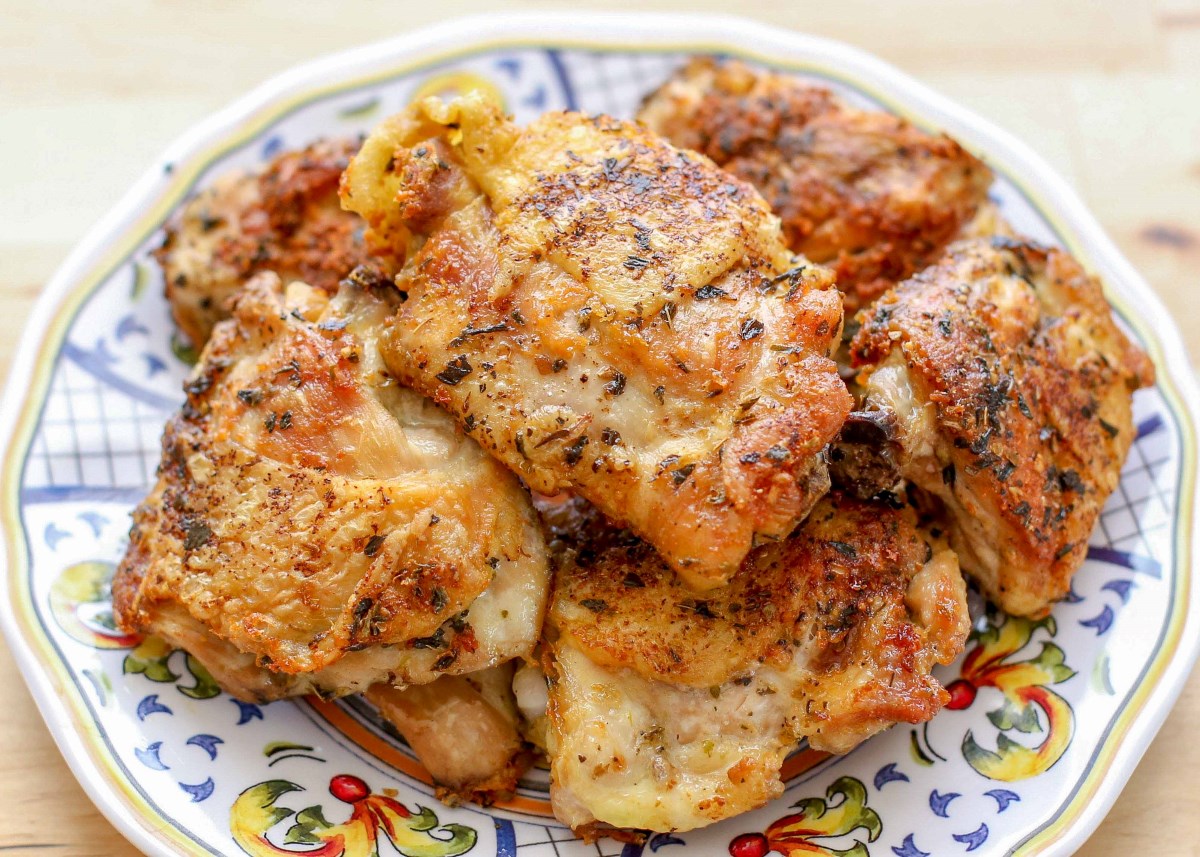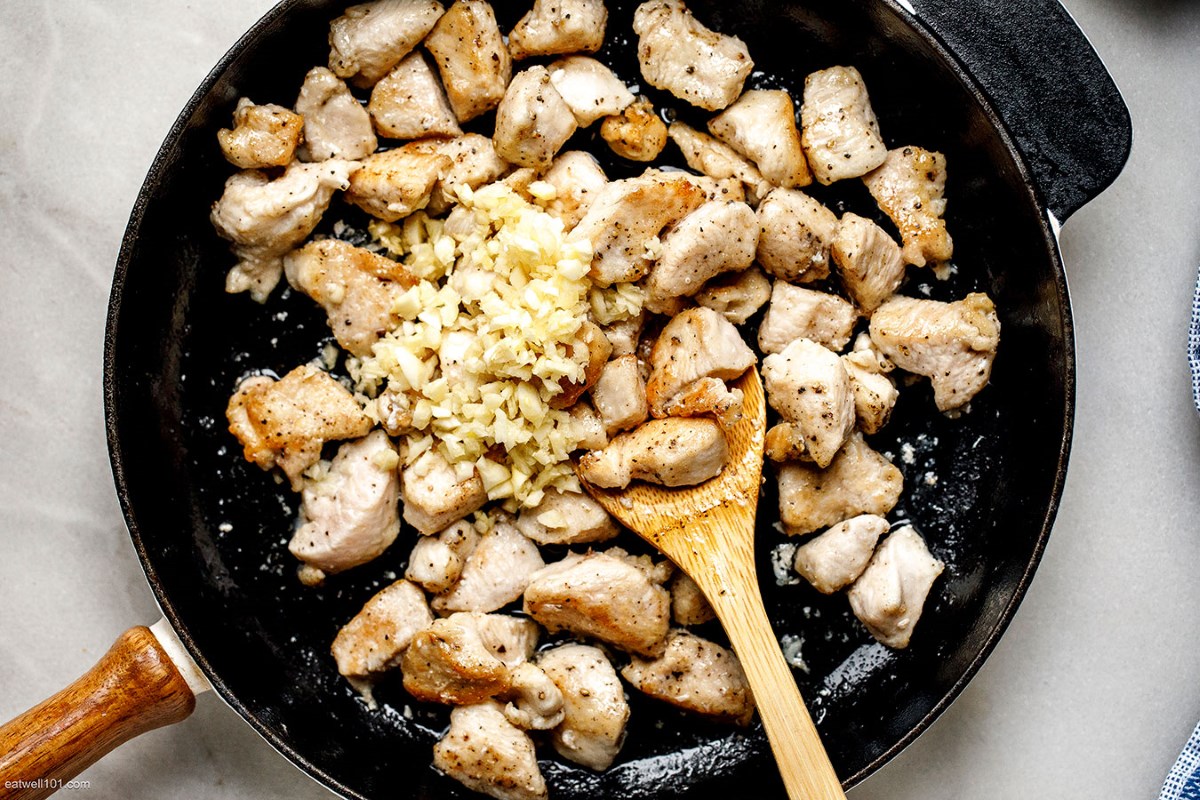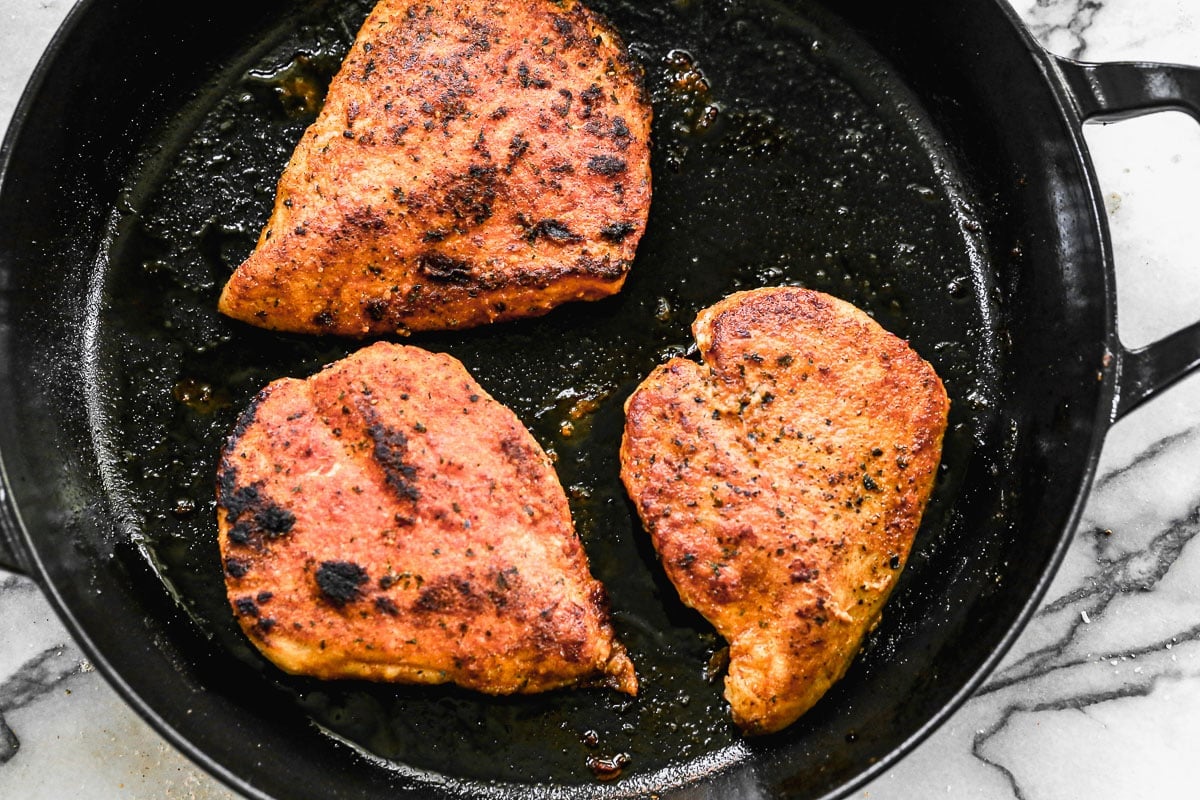Pan frying foie gras, a delicacy revered for its rich, buttery flavor, might seem intimidating at first glance. Yet, mastering this technique can transform any home cook into a gourmet chef. This guide will walk you through selecting the perfect slice of foie gras, preparing it with care, and achieving that golden, crispy exterior with a meltingly tender interior. With a few simple tips and tricks, you'll learn how to pan fry foie gras to perfection, elevating your cooking game and impressing guests with this luxurious dish. Ready to take your culinary skills to the next level? Let's get started.
Gather Your Ingredients
- Fresh foie gras slices, about 1/2 inch thick
- Salt, to taste
- Black pepper, freshly ground, to taste
- High-quality balsamic vinegar, for drizzling
- Mixed greens, for serving
- Fresh figs or apple slices, optional, for garnish
Essential Tools for Perfect Foie Gras
- Skillet (preferably non-stick or cast iron)
- Spatula (metal or heat-resistant silicone)
- Paper towels
- Plate (for serving)
- Sharp knife (for slicing)
- Cutting board
- Kitchen thermometer (optional, for checking internal temperature)
For perfect pan-fried foie gras, ensure your slices are about 1/2 inch thick. Heat your pan to medium-high, sear each side for 30 seconds, achieving a golden crust.
The Art of Pan-Frying Foie Gras
Pan frying foie gras is a culinary technique that elevates simple ingredients into a luxurious dish. This method involves cooking foie gras over medium heat, ensuring a crispy exterior while maintaining a tender, melt-in-your-mouth interior. Mastery of this technique allows chefs to showcase their skill and creativity, transforming a special occasion meal into an unforgettable experience.
Understanding how to properly pan fry foie gras is crucial for any aspiring chef. It's not just about the cooking process; it's about respecting the ingredient's rich flavor and delicate texture. Achieving the perfect sear without overcooking requires patience and precision, making the dish a true testament to a cook's prowess in the kitchen.
Your Step-by-Step Culinary Guide
Step 1: Choose Quality Foie Gras
- Opt for fresh over frozen when possible.
- Look for uniform color and smooth texture.
Step 2: Prepare Foie Gras
- Remove from refrigerator 20 minutes before cooking to reach room temperature.
- Carefully slice into 1/2 inch thick pieces.
- Season each side with salt and pepper.
Step 3: Heat Pan
- Use a dry, heavy skillet; cast iron works well.
- Heat over medium-high until very hot but not smoking.
Step 4: Sear Foie Gras
- Place slices in pan without overcrowding.
- Cook for 30 to 45 seconds on each side until golden brown.
- Do not use oil; foie gras will release enough fat.
Step 5: Rest Foie Gras
- Transfer to a warm plate.
- Let sit for about 1 minute to redistribute juices.
Step 6: Serve Immediately
- Enjoy while warm for the best texture and flavor.
Mastering the Art of Foie Gras
Pan frying foie gras is a culinary adventure that elevates simple ingredients into a luxurious dish. Remember, choosing quality foie gras, ensuring it's at the right temperature before cooking, and not overcrowding the pan are key steps to success. A quick sear on each side until golden brown, without overcooking, preserves its rich, buttery texture. Pairing it with the right accompaniments, like a tangy fruit compote or a drizzle of balsamic reduction, can enhance its flavors and create a harmonious balance on the palate. With practice, this technique can become a cherished skill in your cooking repertoire, impressing guests and satisfying gourmet cravings. So, grab your skillet and let the journey to mastering the art of pan-fried foie gras begin.
All Your Questions Answered
What's the best way to prepare foie gras for pan-frying?
Start by taking your foie gras out of the fridge about 30 minutes before you plan to cook it. This step ensures it comes to room temperature, making it easier to sear. Next, cut it into slices about ½ inch thick. Don't forget to season each piece with salt and pepper on both sides. A hot pan and a bit of patience are key here.
How hot should the pan be for cooking foie gras?
You'll want your pan smoking hot, literally. A cast-iron skillet works wonders for this, as it retains heat well. No oil is needed since foie gras has plenty of its own fat that will render out as soon as it hits the pan. Just remember, we're talking about a quick sear, so keep that heat high.
How long does foie gras need to cook on each side?
Foie gras doesn't need much time in the pan. Aim for about 30 seconds to 1 minute on each side. You're looking for a golden-brown crust to form, which will give you a nice, slightly crispy exterior with a meltingly soft interior. Any longer, and you risk melting too much of that precious fat away.
Can I reuse the fat left in the pan?
Absolutely, and you should! That rendered fat is liquid gold, full of flavor. Use it to sauté vegetables or potatoes, adding a luxurious depth to your side dishes. Just strain it and store it properly, and you'll have a chef's secret weapon on hand.
What's the best accompaniment for pan-fried foie gras?
A classic choice is a slice of toasted brioche and a dollop of fig jam or a drizzle of honey. The sweetness complements the rich, buttery flavor of the foie gras beautifully. For something a bit more adventurous, try pairing it with a tart apple or pear chutney to cut through the fat.
Is there a vegetarian alternative that mimics the texture and flavor of foie gras?
For those looking for a vegetarian option, try a dish called "faux gras," made from ingredients like lentils, walnuts, and mushrooms. These components are blended together to mimic the creamy texture and rich flavor profile of traditional foie gras. It's a fantastic alternative that surprises many with its depth of flavor.
Was this page helpful?
Read Next: How To Pan Fry Chicken Legs


